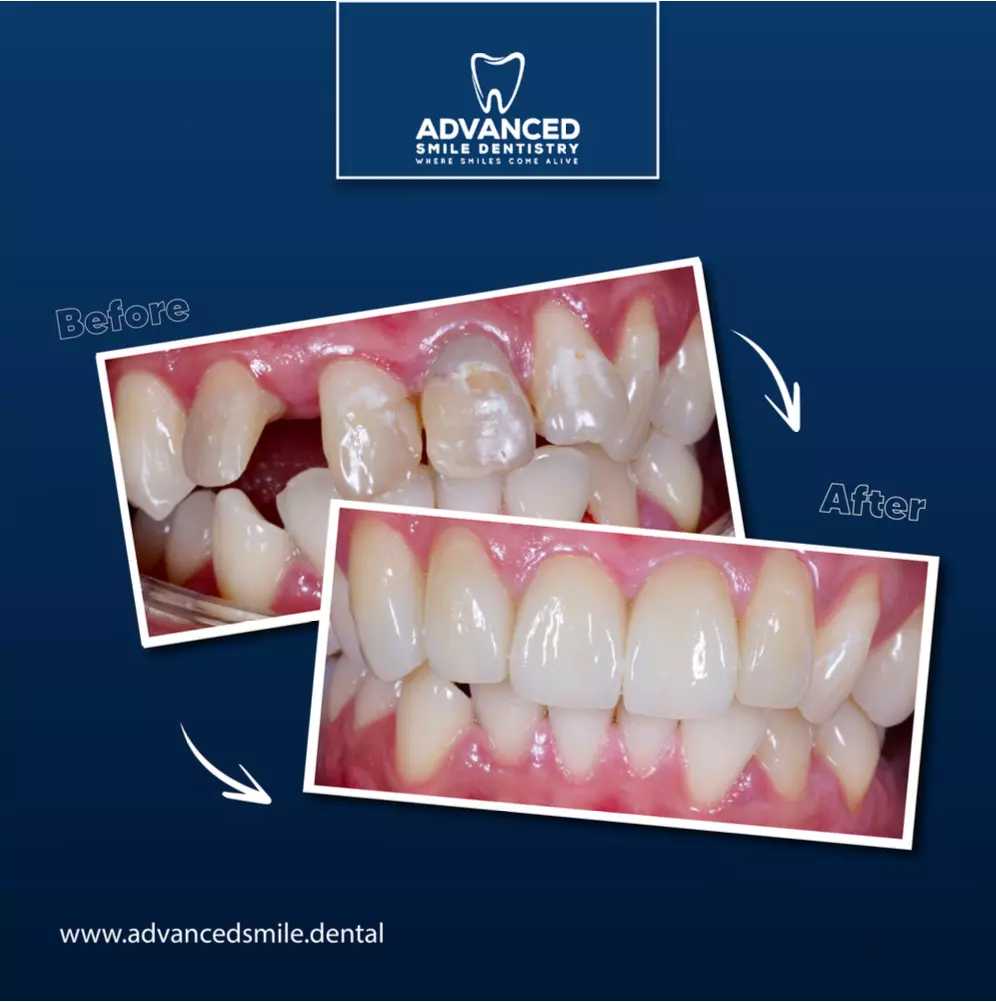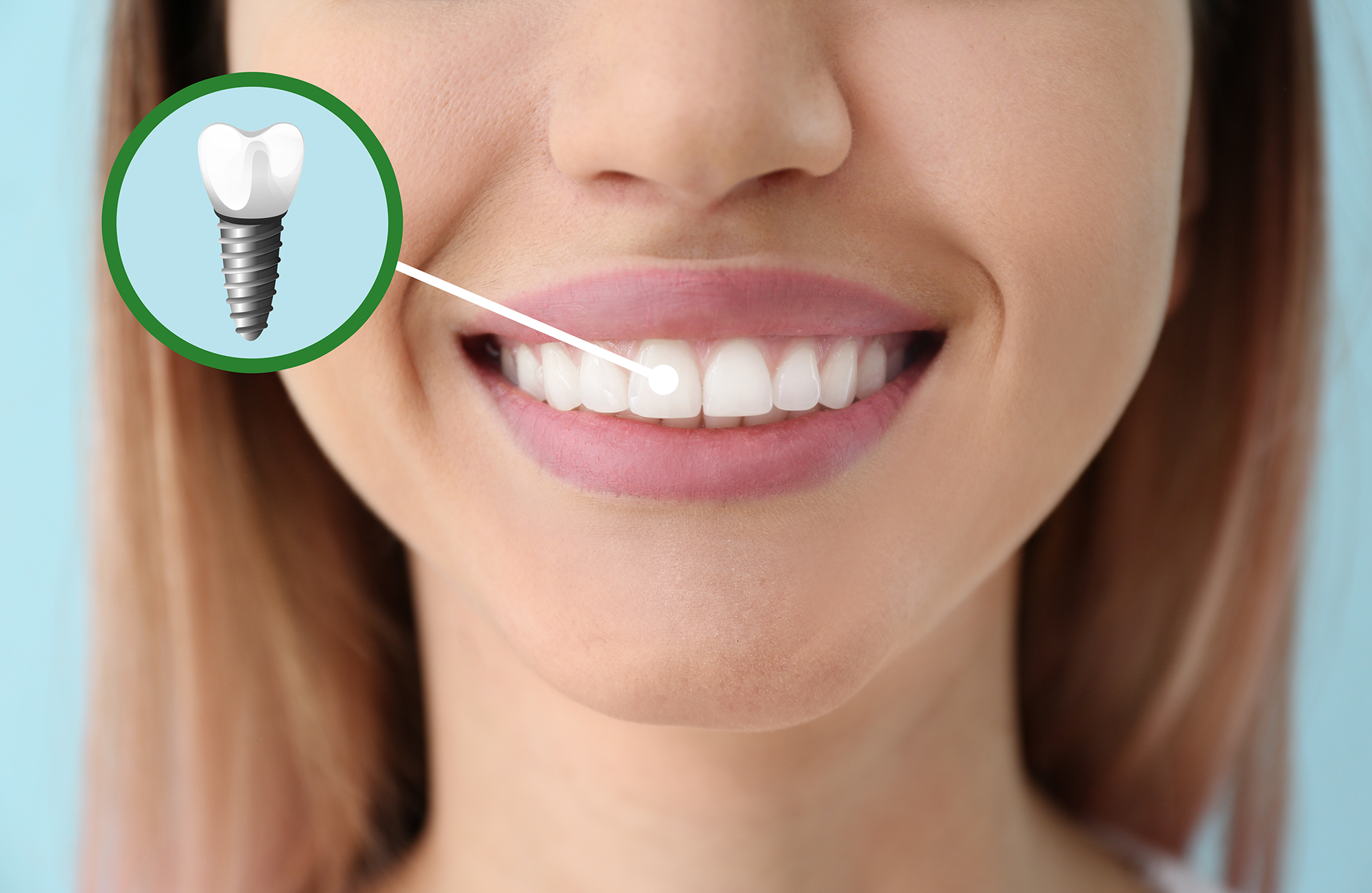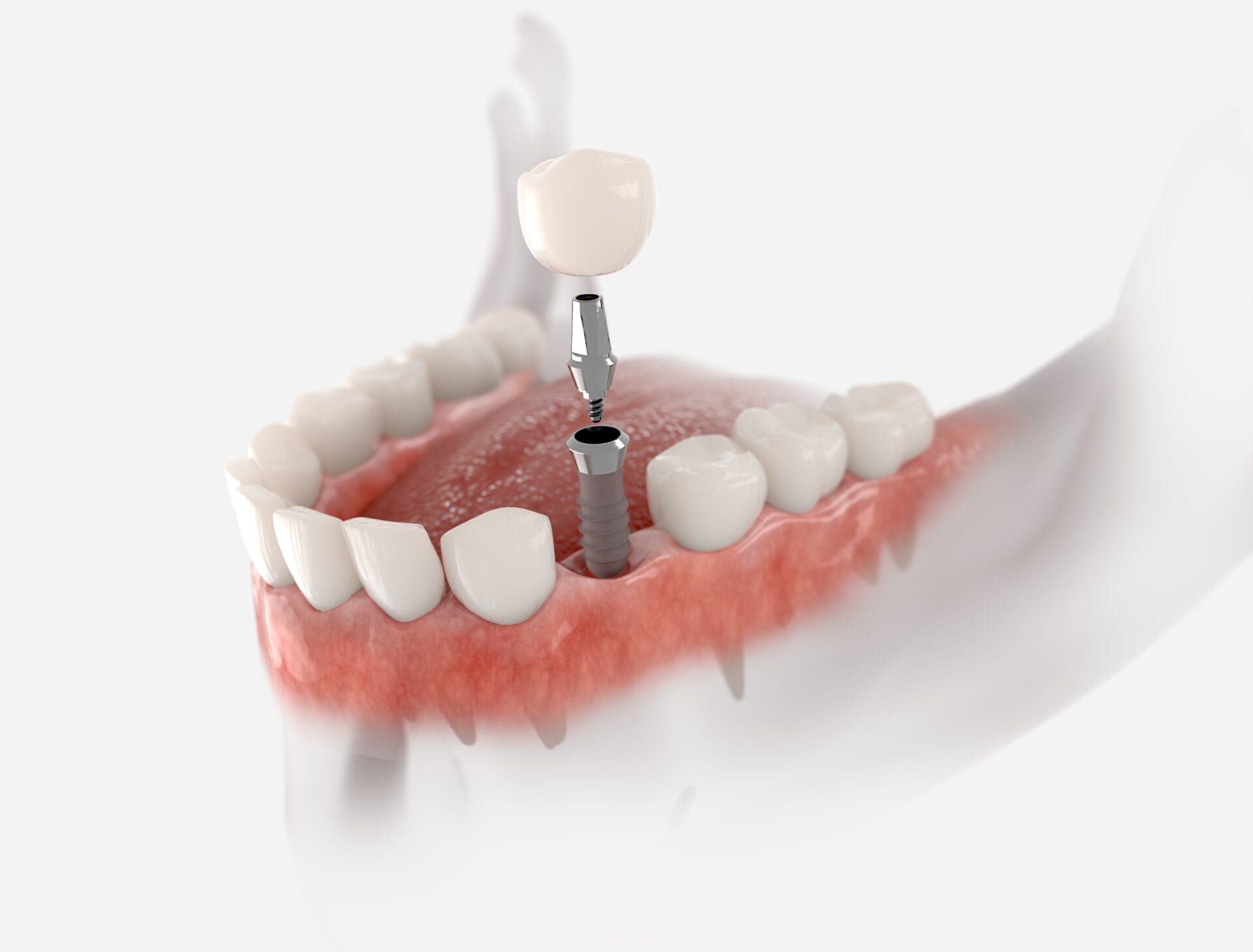Restore Your Self-confidence with Dental Implants Kent: Know-how You Can Trust Fund
Restore Your Self-confidence with Dental Implants Kent: Know-how You Can Trust Fund
Blog Article
Experience the most recent Developments in Oral Implants Modern Technology
As the area of dental care remains to advance, the advancements in dental implant technology have actually been absolutely nothing brief of remarkable. From using advanced materials that enhance resilience to the application of digital imaging for accurate placement, these developments are transforming the landscape of dental treatment. With minimally invasive surgical techniques and the customization capabilities of 3D printing, patients currently have actually accessibility to tailored services that were once unimaginable. Furthermore, the assimilation of modern technology is changing the performance of dental implants, promising boosted results and individual contentment.
Advanced Products for Improved Resilience
In the world of oral implants technology, the assimilation of advanced products has substantially added to improving durability and durability of these critical dental prosthetics. The use of materials such as titanium alloys, zirconia, and ceramic compounds has actually changed the field by supplying increased toughness, resistance, and biocompatibility to corrosion.
Titanium alloys are commonly utilized in oral implants as a result of their outstanding strength-to-weight proportion, corrosion resistance, and compatibility with the human body. These alloys make certain the stability and longevity of the implant by holding up against the pressures exerted during chewing and speaking, supplying a reliable solution for clients seeking resilient tooth substitutes.
Zirconia, a kind of ceramic product, has actually obtained appeal for its biocompatibility and all-natural tooth-like look. Its high strength and resistance to wear make it an appropriate option for dental crowns and bridges, enhancing the total aesthetic appeals and capability of the dental implant.

Digital Imaging for Specific Placement
The development of oral implants technology has further advanced with the assimilation of electronic imaging methods, making sure exact placement of these prosthetics for optimal useful and visual results. Digital imaging plays a vital function in the planning and positioning of dental implants by offering detailed 3D photos of the individual's jawbone structure. This technology allows dental practitioners to analyze bone density, locate essential structures, and plan the specific setting and angle for implant positioning with unequaled accuracy.
By making use of digital imaging, dentists can develop virtual medical guides that act as a roadmap during the implant positioning procedure. These overviews are personalized for each person, thinking about their unique composition and the desired result. This level of accuracy not only boosts the success rate of oral implant procedures however also minimizes the threat of issues.
Additionally, electronic imaging enables dentists to envision the last prosthetic restoration prior to the actual positioning of implants, permitting careful planning and ensuring that the result meets the patient's aesthetic assumptions. In general, the integration of digital imaging technology has actually transformed the area of oral implants, offering individuals a more foreseeable, efficient, and patient-specific therapy technique.

Minimally Intrusive Surgical Techniques


Innovations in medical techniques have resulted in the development of minimally intrusive strategies in the field of dental implantology. These strategies intend to minimize trauma to the patient, reduce healing times, and enhance overall therapy end results. Minimally invasive surgical treatments include smaller lacerations, specialized instruments, and progressed imaging innovations to precisely position dental implants with minimal disturbance to surrounding tissues.
One trick element of minimally intrusive strategies is making use of guided surgery, where 3D imaging and computer-aided why not try here layout software application are employed to intend the implant placement with great precision. This permits an extra predictable outcome and can commonly get rid of the need for extensive flap surgical procedure.
Additionally, developments in materials and dental implant style have actually additionally added to the success of minimally invasive strategies. Implants with enhanced surface residential or commercial properties advertise quicker osseointegration, reducing the healing additional hints time called for prior to the prosthetic repair can be put.
3D Printing for Customized Solutions
Using 3D printing technology in dental implantology enables the development of highly customized solutions customized to specific patient needs and anatomical variations. This innovative technology makes it possible for oral professionals to make and fabricate oral implants with phenomenal precision and precision. By using electronic imaging techniques, such as cone beam of light computed tomography (CBCT), in-depth 3D versions of the individual's dental cavity can be produced to assist the dental implant preparing procedure.
Among the vital benefits of 3D printing in oral implantology is the ability to create patient-specific implants that perfectly fit the distinct composition of each individual. This individualized technique aids boost the total success and long life of the dental go to this site implant by making certain optimum fit and placement. In addition, 3D printing permits the manufacturing of intricate geometries and elaborate structures that would be difficult or tough to attain utilizing standard manufacturing methods.
Additionally, 3D printing technology enables dental experts to enhance the implantation process, reducing surgery time and boosting total individual experience. With its ability to develop tailored options rapidly and efficiently, 3D printing is revolutionizing the area of dental implantology, offering patients cutting-edge treatment options and boosted results.
Integrated Technology for Improved Capability
Carrying out advanced technology in oral implantology enhances capability and accuracy, raising the criterion of look after patients undertaking implant treatments. Integrated technology plays a crucial duty in improving the total success and toughness of dental implants. One vital improvement is the assimilation of digital scanning and imaging modern technologies, such as cone-beam computed tomography (CBCT) and intraoral scanners. These devices enable thorough 3D imaging of the client's dental structures, assisting in accurate therapy preparation and implant positioning.
Additionally, the combination of computer-aided layout and computer-aided manufacturing (CAD/CAM) technology allows the production of personalized implant remediations with phenomenal precision. CAD/CAM systems utilize digital impressions to develop prosthetics that completely fit the patient's one-of-a-kind makeup, ensuring optimal comfort and functionality. Additionally, the use of robotic-assisted surgical treatment in dental implant positioning improves precision and reduces the danger of human error.
Final Thought
Finally, the most up to date advancements in oral implants innovation offer enhanced sturdiness with advanced materials, precise positioning with electronic imaging, minimally intrusive medical methods, customized services with 3D printing, and improved functionality with incorporated modern technology - Dental implants Kent. These advancements in oral implants modern technology are changing the field and offering patients with even more efficient and effective therapy options for recovering their smiles and oral health
The integration of technology is changing the performance of oral implants, promising boosted results and person fulfillment.
The evolution of oral implants technology has better advanced with the assimilation of electronic imaging strategies, guaranteeing specific placement of these prosthetics for optimum practical and visual outcomes. Minimally intrusive medical procedures include smaller sized lacerations, specialized instruments, and advanced imaging modern technologies to precisely put oral implants with minimal interruption to bordering cells.
Executing innovative modern technology in dental implantology improves performance and accuracy, boosting the standard of care for individuals undergoing implant procedures. Dental implants Kent. Integrated innovation plays an essential role in enhancing the general success and longevity of dental implants
Report this page